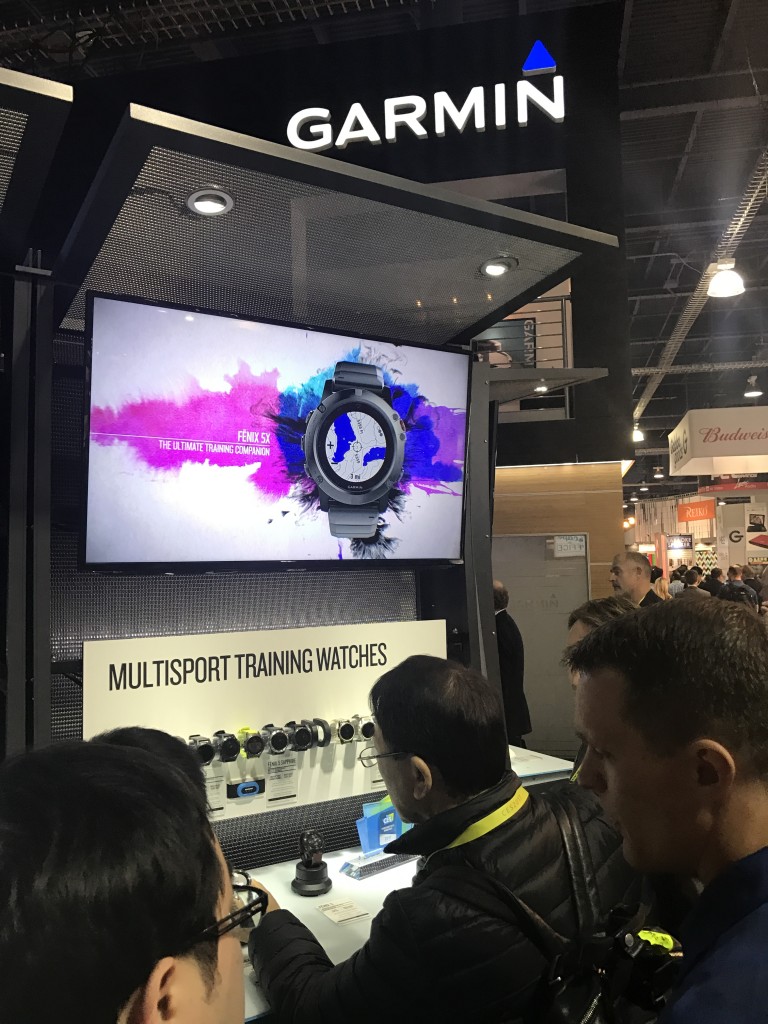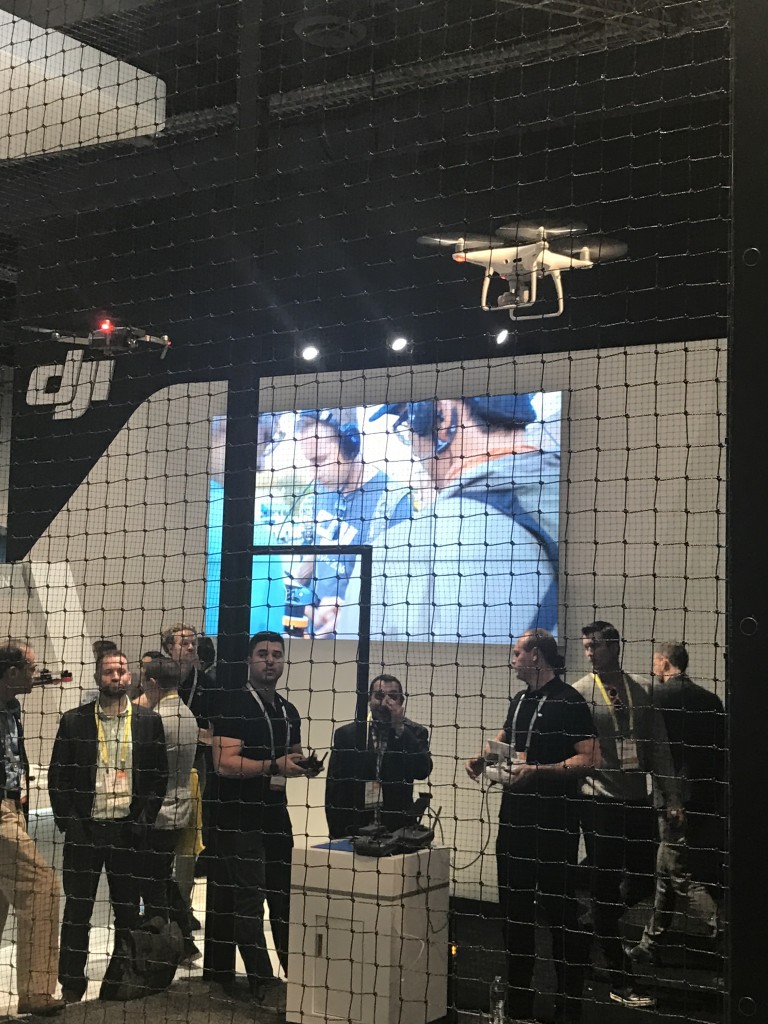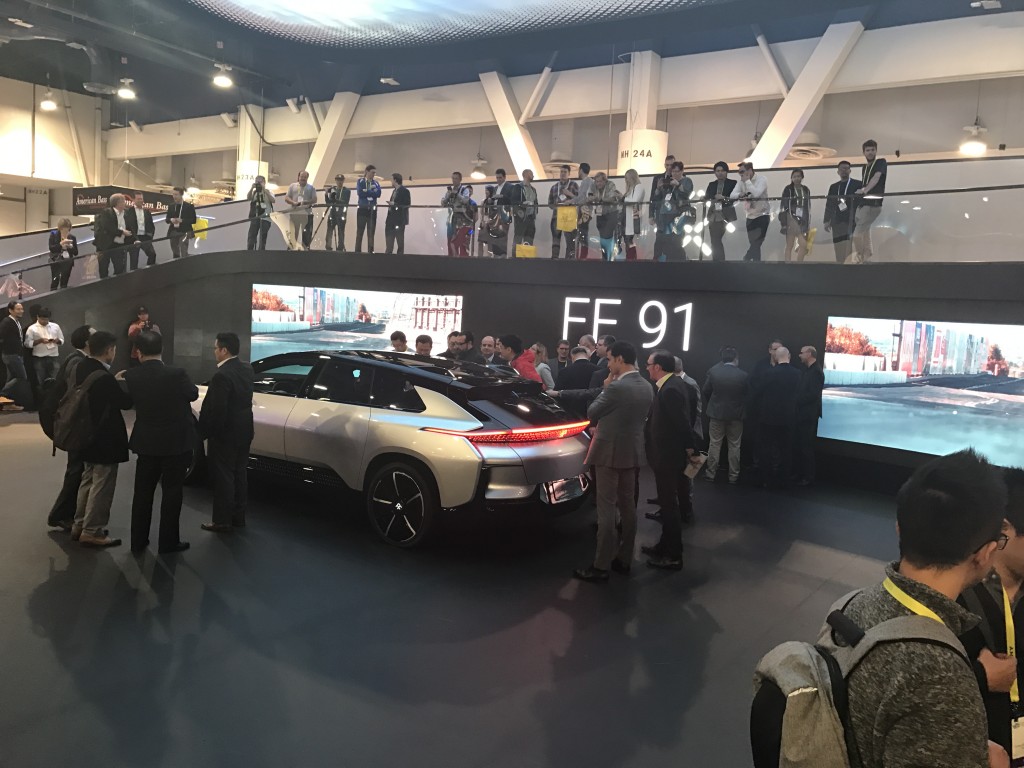Spotting the virtual reality (VR) and augmented reality (AR) demos at the recent Mobile World Congress (MWC) in Barcelona was easy: all you had to do was look for the long queues of people waiting to put on a headset and see another world. Though the demos ranged from games to simulated roller-coaster rides to simple how-to tools, the interest of the crowd was always high. A lot of the attraction was clearly due to the tools’ relative novelty, but many people seemed focused on using the technologies to create commercially viable products.
Both VR and AR involve a great deal of graphics and data movement, so they can be quite computationally demanding. Right now, that’s not a problem, because most applications and demos are hooked directly to powerful computers. As these technologies become more pervasive, however, they’re going to find their way into our devices, which will almost certainly do some of the processing even as the bulk of the work happens on servers in the cloud. The better the AR and VR experiences our devices can support, the happier we’re likely to be with those technologies.
Along with the crowds at MWC, many of us in the BenchmarkXPRT Development Community are enthusiastic about VR and AR, which is why we’ve been monitoring these fields for some time. We’ve even worked with a group of NC State University students to produce a sample VR workload. If you have thoughts on how we might best support VR and AR, please contact us. Meanwhile, we’ll continue to track both closely and work to get the XPRTs ready to measure how well devices handle these technologies.
Mark















